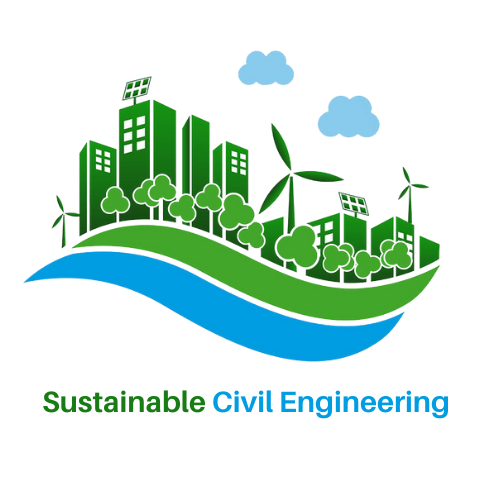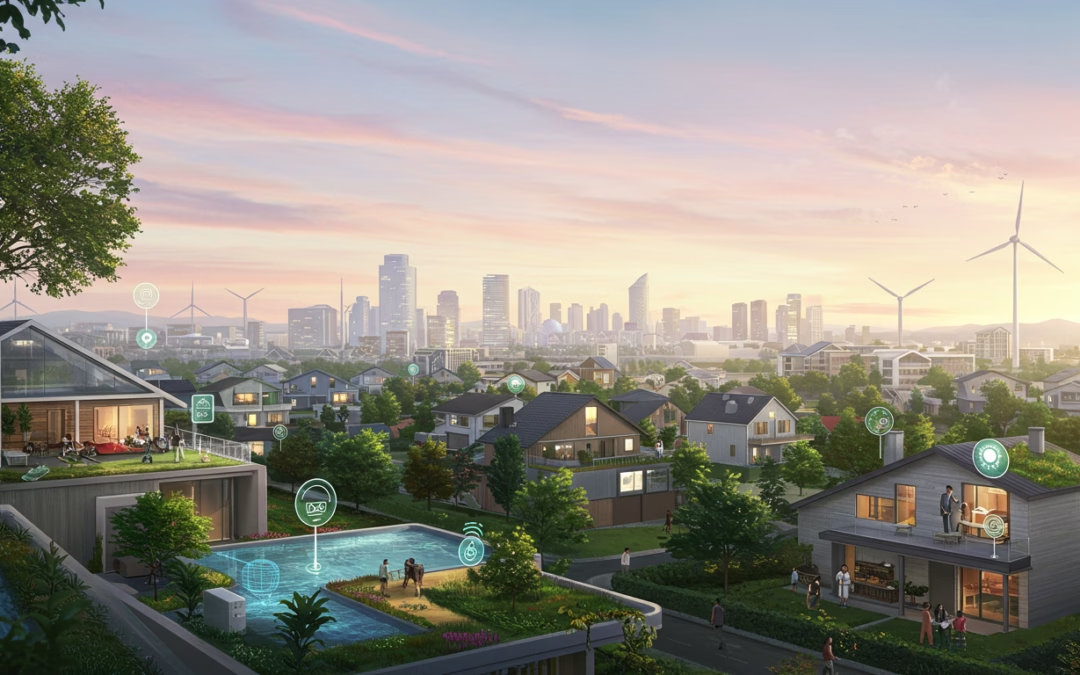The Built Environment: Enhancing Homes for a Better Future
On a quiet Saturday morning, Sarah sat on her porch, sipping coffee and watching the neighborhood slowly come to life. She loved her home, but lately, she had been thinking about making changes—something to make her house more comfortable and sustainable. She had read about energy-efficient upgrades, eco-friendly materials, and how small changes could make a big difference for her family and the entire community. She was beginning to understand that the built environment—the physical spaces we design, construct, and live in—plays a crucial role in our health, comfort, and financial well-being.
Why the Built Environment Matters
The built environment includes everything from homes and buildings to parks and roads, influencing how we live, work, and interact with the world. Thoughtfully designed homes are not just aesthetically pleasing; they improve efficiency, reduce costs, and enhance overall well-being. According to the U.S. Environmental Protection Agency (EPA), Americans spend about 90% of their time indoors, so our homes must provide clean air, natural light, and energy-efficient systems (EPA, 2022).
Energy Efficiency: Saving Money and the Planet
Energy efficiency is one of the most immediate benefits of improving the built environment at home. The U.S. Department of Energy reports that heating and cooling account for about 50% of a household’s energy use (DOE, 2023). Upgrading insulation, sealing leaks, and using smart thermostats can reduce energy bills by as much as 30%. Switching to LED lighting saves up to 75% more energy than traditional bulbs (Energy Star, 2023). For homeowners, these upgrades mean long-term savings and a reduced carbon footprint.
Smart Home Features for Comfort and Efficiency
Modern home technology has made creating comfortable, efficient spaces easier than ever. Smart home systems allow homeowners to control lighting, temperature, and security remotely, making homes safer and more energy-efficient. For instance, smart thermostats like the Nest or Ecobee learn user preferences and adjust accordingly, cutting unnecessary energy use and reducing bills by an average of 10-15% (Energy.gov, 2023).
Eco-Friendly Materials: Sustainable and Stylish
Choosing sustainable materials when renovating or building a home helps the environment and enhances durability and indoor air quality. Bamboo flooring, reclaimed wood, and recycled steel are excellent alternatives to traditional materials. According to a study by the National Association of Home Builders, reclaimed wood reduces carbon emissions by up to 80% compared to newly manufactured wood (NAHB, 2023). Additionally, low-VOC (volatile organic compound) paints and finishes improve indoor air quality, reducing health risks linked to harmful chemical exposure.
Water Conservation: Every Drop Counts
Water efficiency is another crucial component of a sustainable built environment. The average American household uses about 300 gallons of water daily (U.S. Geological Survey, 2023), much of which can be reduced through simple upgrades. Low-flow toilets, faucets, rainwater harvesting systems, and drought-resistant landscaping can significantly cut water waste. Replacing an old toilet with a WaterSense model can save nearly 13,000 gallons of water per year (EPA, 2023), lowering utility bills and putting less strain on municipal water systems.
Healthier Living Spaces for Well-Being
Our homes should be efficient and healthy. Poor indoor air quality has been linked to allergies, asthma, and other respiratory issues. Installing proper ventilation, using non-toxic building materials, and incorporating more natural light through skylights and large windows can make a significant difference. Studies show that exposure to natural light can improve mood and productivity by 40% (Harvard School of Public Health, 2023), making these upgrades beneficial for mental and physical well-being.
The Role of Sustainable Civil Engineering
While homeowners significantly improve the built environment, larger community changes rely on sustainable civil engineering. Cities worldwide are integrating green infrastructure, such as permeable pavements and green roofs, to manage stormwater and reduce urban heat islands. Homeowners can support these initiatives by implementing similar techniques in their yards, like using rain gardens to absorb runoff and planting more trees for shade and carbon sequestration.
Investing in the Future
Improving the built environment at home is an investment in the future. From energy-efficient upgrades to sustainable materials and water conservation efforts, homeowners have countless opportunities to enhance their living spaces while saving money and reducing environmental impact. Small changes—like switching to LED bulbs or installing a smart thermostat—can lead to significant long-term benefits. Just like Sarah, every homeowner has the power to make thoughtful decisions that create a healthier, more efficient, and more sustainable home for generations to come.
Final Thoughts
The built environment is more than just bricks and mortar—it’s the foundation of our daily lives. Homeowners can transform their spaces into efficient, eco-friendly havens by making smart, sustainable choices. The path to a better future starts at home, whether through advanced technology, better materials, or simple conservation habits.

